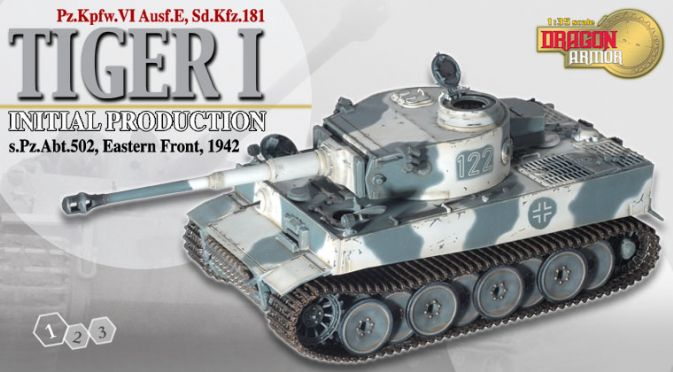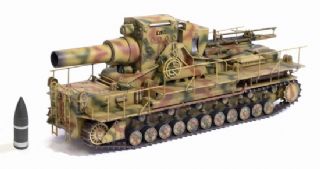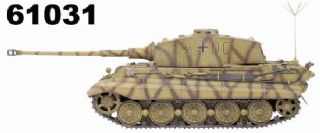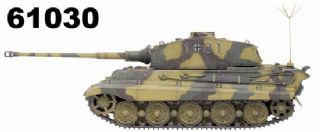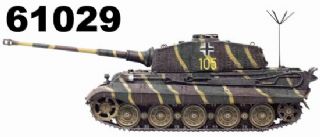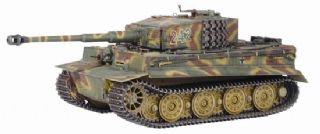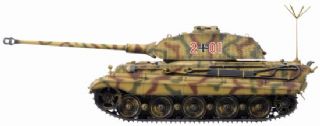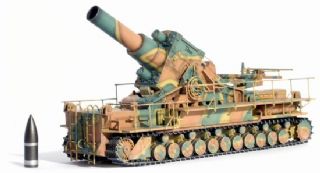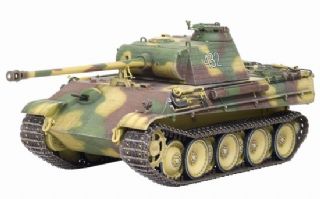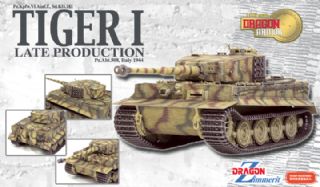HOME → Dragon Armor → 1/35 Armor → 61003


Barcode: 0 89195 61003 4
Packaging: 6 pieces per master carton
Box Size: 14.2"x7.9"x5.5"
1/35 Tiger I "#122" (Initial Production), s.Pz.Abt.502
Fully pre-assembled and ready for display! Includes a barrel that can recoil!
This new 1/35 scale fully built-up model features an initial Tiger I with vehicle number “122”. It is skillfully hand painted in a stunning winter camouflage pattern as a member of sPzAbt 502. The original vehicle was one of the first Tiger I's ever to see combat on the Eastern Front.
Some of the peculiar features of this vehicle are the stowage bin mounted on the turret rear, and handrails on the turret sides. The lengthy 8.8cm scale gun barrel can even recoil!
Main Features:
- True to 1/35 scale (2nd release in the series!)
- Fully assembled
- Accurate winter camo and markings for a Tiger I serving with s.Pz.Abt.502
- Historically accurate
- Hatches can be opened and closed
- Front machine gun can rotate and point in different directions
- Barrel can recoil, just like the real thing
- Includes a display base
About the Tiger I:
The Tiger I was in use from late 1942 until the German surrender in 1945. It
was given its nickname by Ferdinand Porsche. The design served as the basis
for other armoured vehicles, including the Tiger II, or 'King Tiger' tank, and
the Sturmtiger self-propelled gun.
The Tiger differed from earlier German tanks principally in its size; although the general design and layout were broadly similar to the previous heavy tank, the Panzer IV, the Tiger weighed more than twice as much. This was due to its substantially thicker armor, the larger main gun, and the consequently greater volume of fuel and ammunition storage, larger engine, and more solidly-built transmission and suspension. The Tiger I had front armor up to 100 mm thick, as opposed to the 80 mm front armor of contemporary models of the Panzer IV, with 80 mm on the sides and back. The armor, especially in the front, was very effective at stopping anti-tank rounds of most of the WWII tank guns at common engagement distances. At closer ranges and on the sides, the tank was more vulnerable. Its roof armor was 25 mm or 40 mm, similar to most medium tanks of the day.

